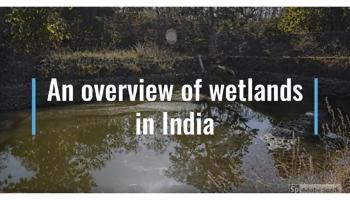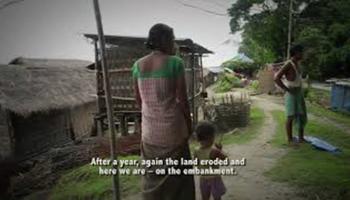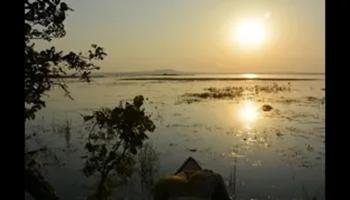Lakes, Ponds and Wetlands
Water wisdom in times of a climate crisis
Posted on 26 Sep, 2019 12:15 PMA recent report by Shailendra Yashwant for Oxfam India looks at India’s ingenious ways of harvesting, storing and distributing water from the Kuhls in Himachal Pradesh that channel water from Himal

Manual scavenging is inhumane: SC
Posted on 24 Sep, 2019 01:08 PMSupreme Court question authorities on why manual scavenging still prevails

How bio-restoration is helping revive degraded mangroves in Sunderbans
Posted on 17 Sep, 2019 06:06 PMNew Delhi, September 17 (India Science Wire): A new technology developed by Indian scientists for ecological restoration is helping in revival of mangroves degraded due to rising sea levels, climate change and human intrusion in the Sunderbans in West Bengal.

Indore leads the way in making its lakes pollution-free
Posted on 16 Sep, 2019 01:19 PMChoked by sewage and effluent discharge, lakes in and around Indore are in a terrible state and in need of restoration. A bustling city in central India, Indore was declared the cleanest city in India three years in a row.

Farm ponds change farmers’ fortunes
Posted on 13 Sep, 2019 01:09 PMWhile enhanced irrigation coverage has been hailed as an important way to improve agricultural productivity, it continues to lag behind in India and agriculture continues to be rainfed, subject to the vagaries of the monsoon.

100 wetlands identified for restoration in next five years
Posted on 10 Sep, 2019 03:04 PMGovernment identifies 100 wetlands for restoration in next five years

How local democracy is solving water issues in southern Rajasthan
Posted on 09 Sep, 2019 09:48 AMWhile most parts of the country are facing a water crisis, here’s a case from the arid state of Rajasthan, where decentralized initiatives are solving water issues. Dungarpur in southern Rajasthan has exemplified how community participation with local level planning processes are working towards improving rainwater harvesting and recharge of groundwater.

Centre promises 43 to 55 litres water per person per day to 15 crore rural households by 2024
Posted on 03 Sep, 2019 10:07 PMCentre to provide 43-55 litre/day water per person to rural households by 2024

Monsoon set to abate: SkyMet Weather
Posted on 28 Aug, 2019 11:49 AMSince the 25th of July, there have been four consecutive weeks of surplus rainfall which have compensated for the delayed onset of monsoon and the deficient rains recorded in June and early July. July had ended with a countrywide deficit of 9%, but vigorous Monsoon conditions took the rains to a surplus of 1% as on August 25.

Vanishing water bodies behind Ahmedabad’s warm climate
Posted on 28 Aug, 2019 10:48 AMA study published in the Journal of Remote Sensing and Space Sciences, analyzing the cooling effect of the city of Ahmedabad’s water bodies, has thrown up some interesting findings. The east bank of the Sabarmati river, which flows through Ahmedabad, was found to be significantly cooler than the west bank, witnessing a greater drop in temperature even during summer.








